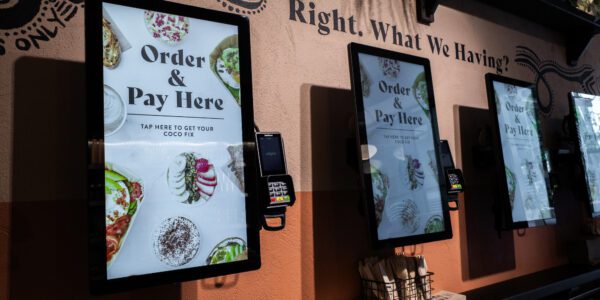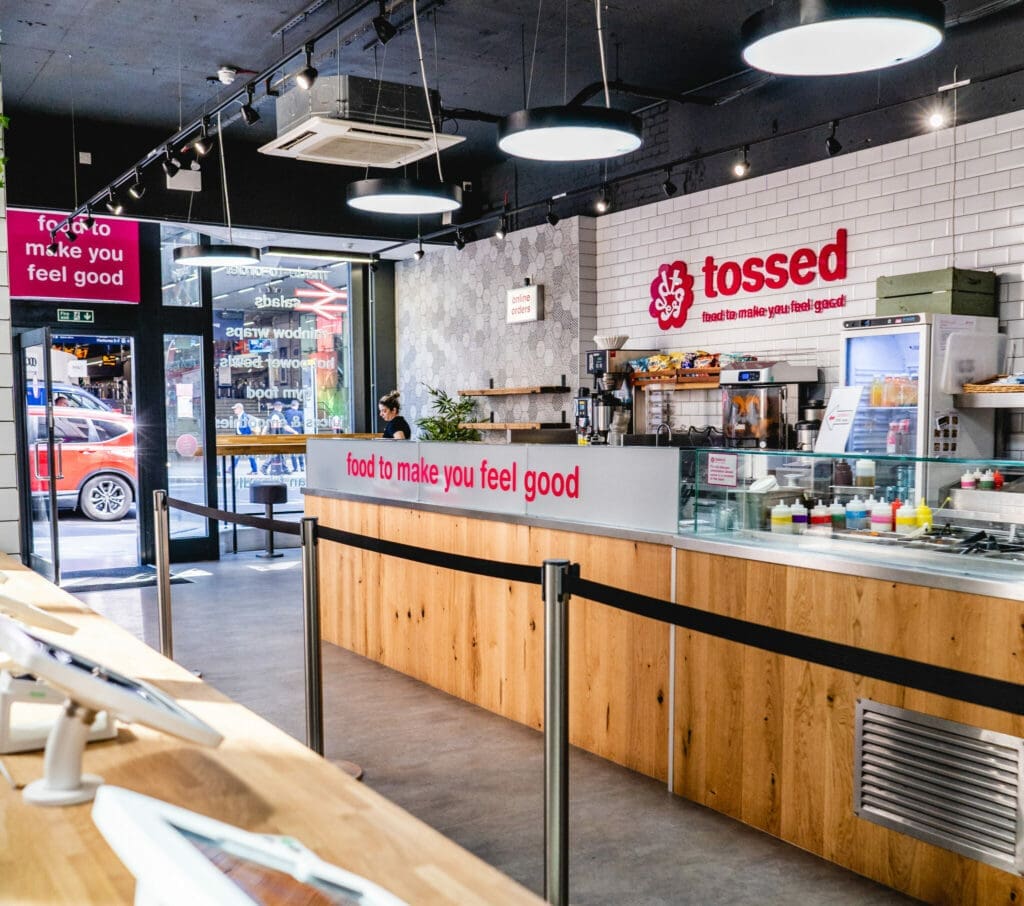7 incredible benefits of using self service kiosks in your restaurant
Self serve kiosks aren’t just for McDonalds any more. Discover the financial and operational benefits of kiosks and why they might be right for your restaurant.

Changing hospitality tech can be an overwhelming task.
Where do you even start? How do you know what’s actually going to work? What happens if you choose the wrong tech?
Well, the good news is that some of the biggest brands have already changed the way they use tech. And they’ve got plenty of expert tips to share when it comes to the tech buying process.
So get ready to learn from the pros below, as they share how they made their tech decisions, confidently.
Before you even start scoping out alternative tech providers, take some time to identify the pain points within your existing operation that you want to solve.
These might include tablet hell in the kitchen, disjointed digital order channels, or a menu management problem like the one Crêpeaffaire used to have.
“We used to work through the night to make menu updates because there was no way to update everything in a simple way during trading hours.”
Defining your business goals and working out how your new tech can help achieve this is an important step in identifying the right setup for your operation.
“Until you figure out what you’re trying to achieve, how do you know what you’re building? Nailing down that ‘why’ conversation is how you end up with an end product that looks and feels right for the brand.
We knew there was something genuinely special about GAIL’s that had to be cherished when we considered our goals.”
Data is one of the most valuable tools an operation can employ to drive growth – will the new tech enable easy data access and analysis or hinder it?
“Having reliable data has to be at the heart of digital strategy, and understanding our customers when it’s cutthroat out there and we need every customer we can possibly get through the doors. Having data and understanding our customers is so vital and that should be the foundation of a digital strategy in my opinion.”

The more integrations your new tech setup depends on, the more time consuming and inefficient it will be to keep it running.
“Don’t underestimate how hard the integration work is when you’ve got existing partners. We looked at who could build us a great app, but trying to integrate that ecommerce journey into something that felt seamless? It felt like no one could do that well.
You have to decide how much internal resource you’re prepared to commit to managing multiple partners.”
Embrace new ways of building your tech stack. Consider alternative approaches you might not have before, for example moving away from a POS-centric tech stack and instead pursuing a more Order-centric approach.
“We were also hesitant to move away from the conventional way of doing things. But our journey has shown it’s worth the risk.
At the start, we were mainly looking for kiosks. But we soon recognised that there were huge inefficiencies in our operations – beyond simply digital ordering.
We had a fragmented tech stack where everything was disjointed and separate. It was impossible to manage and update our channels quickly. We didn’t think there was a solution for this but Vita Mojo’s Order Management System has helped us simplify our processes massively.
Average spend is better. Managing multiple sites and menus has never been easier.“
64% of operators report that increasing profit is one of the top priorities for their business, with 54% adding that boosting customer numbers is also a priority.
If – like most operators – growth is a focus for your brand, you need to think long term about whether your new tech can scale along with your plans.
“Take some time upfront to think about where you want to go in three to five years,” she answered. “Because in the early years, we picked partners that weren’t scalable, or that quite aligned to the needs that we had even then, let alone needs as they changed.”
And as your business changes, so will the way you use your tech. Requirements will change as you add more channels and sites to your operation – ensure you find a tech partner that innovates constantly, rather than sticking with the status-quo.
“Change is hard as a business. So it’s critical to find the right partner, committed to building best-in-class tech together, constantly. The results then speak for themselves.”

Your guests love your brand and expect that to be a part of your digital offering – make sure your new tech is capable of conveying this at every touch point, on every channel.
“We pride ourselves that when you walk into a LEON, you should have an experience that’s full of sunshine. And before the introduction of digital ordering, you’d get that instant warmth as you went to the till to place your order.
Now, I put a lot of pressure on our digital providers, Vita Mojo, to make sure firstly that the ordering process is really functioning and that we’re not adding any hassle to a guest journey.
Secondly, does it look and feel vibrant? So that sunshine is coming across with the imagery, the colours, the food, does it still look delicious.“
Self serve kiosks aren’t just for McDonalds any more. Discover the financial and operational benefits of kiosks and why they might be right for your restaurant.

Learn the benefits of centralising your hospitality data, and how easy-to-read, real-time reports will help you scale your business.

Innovating Hospitality: Lessons from the Retail Sector
